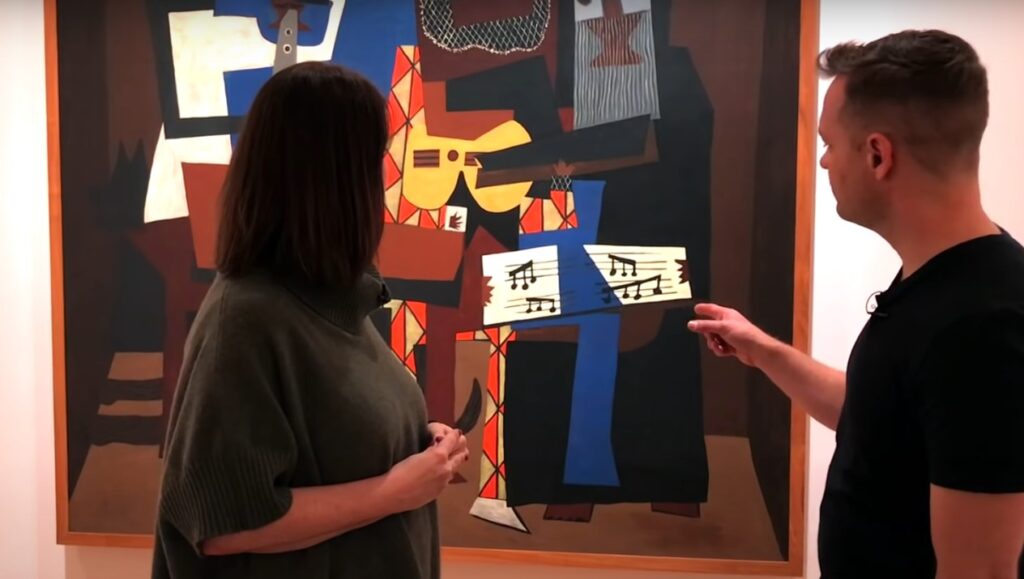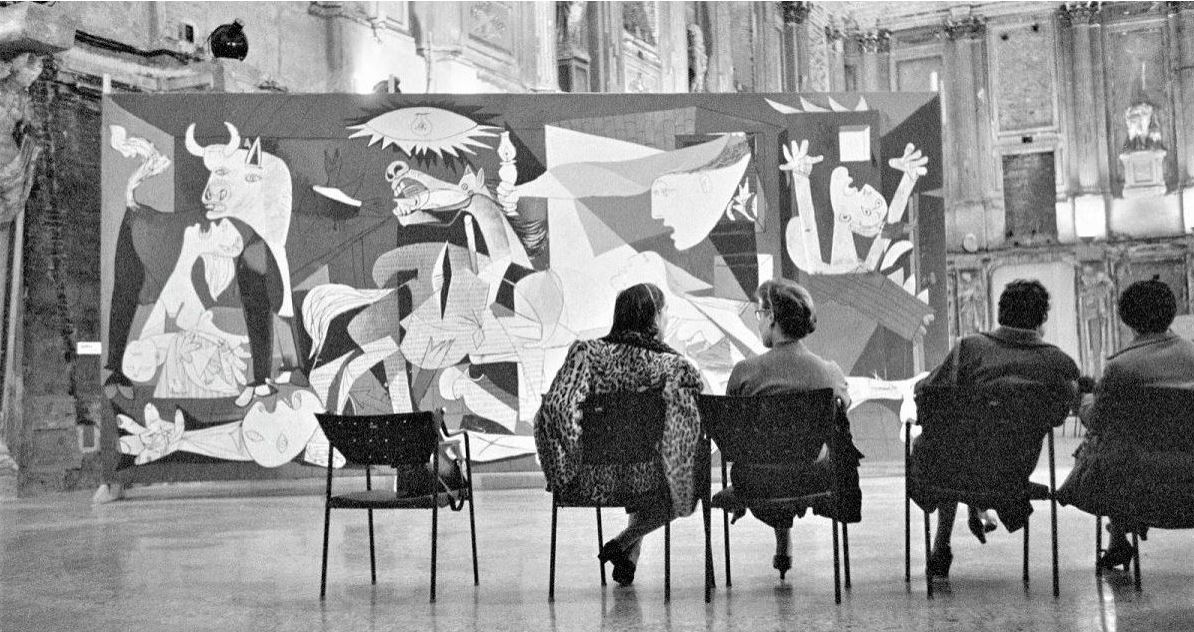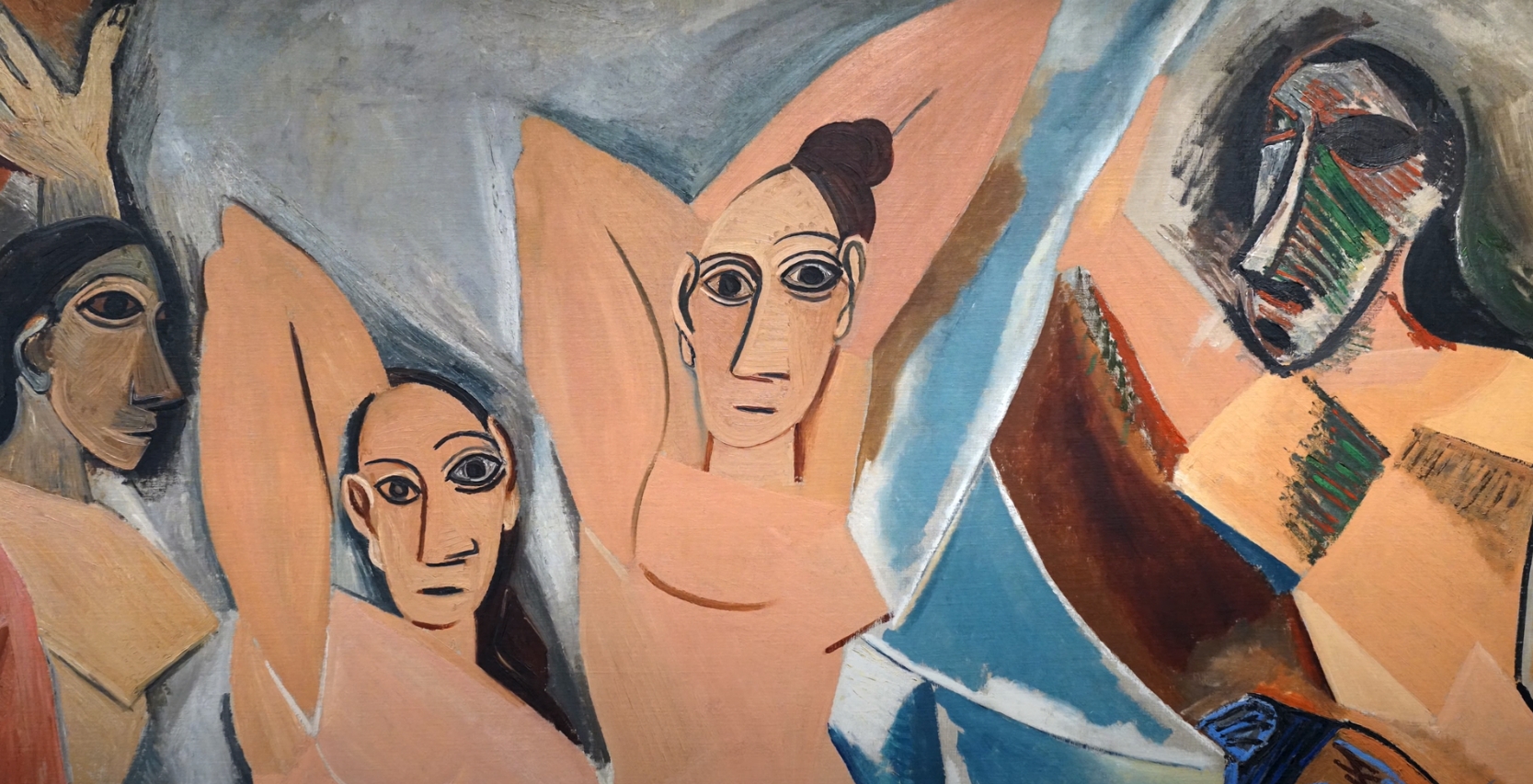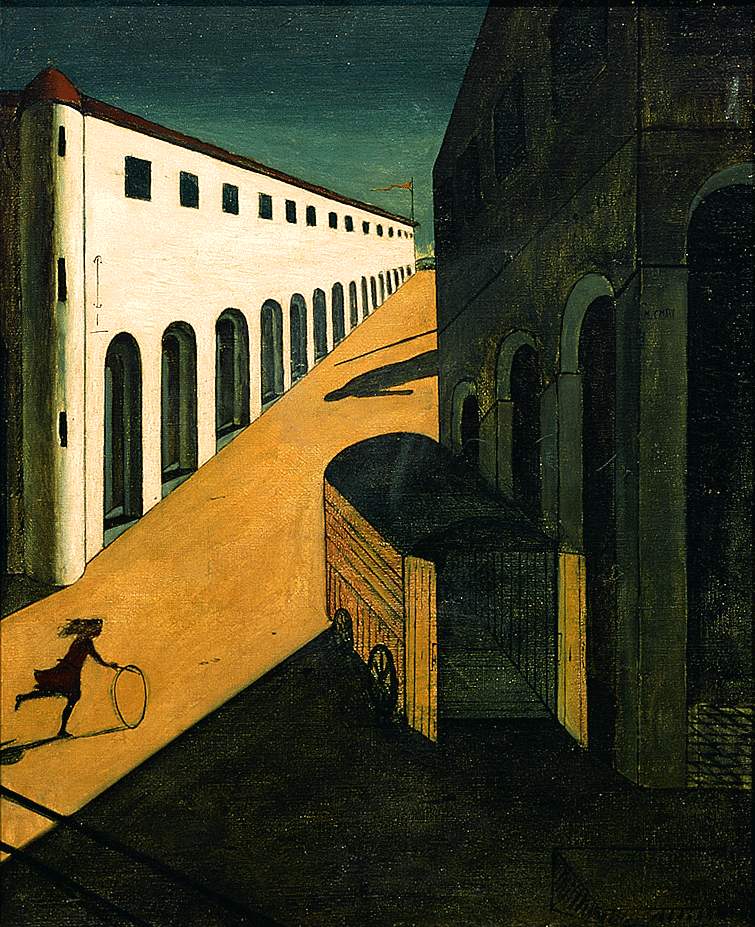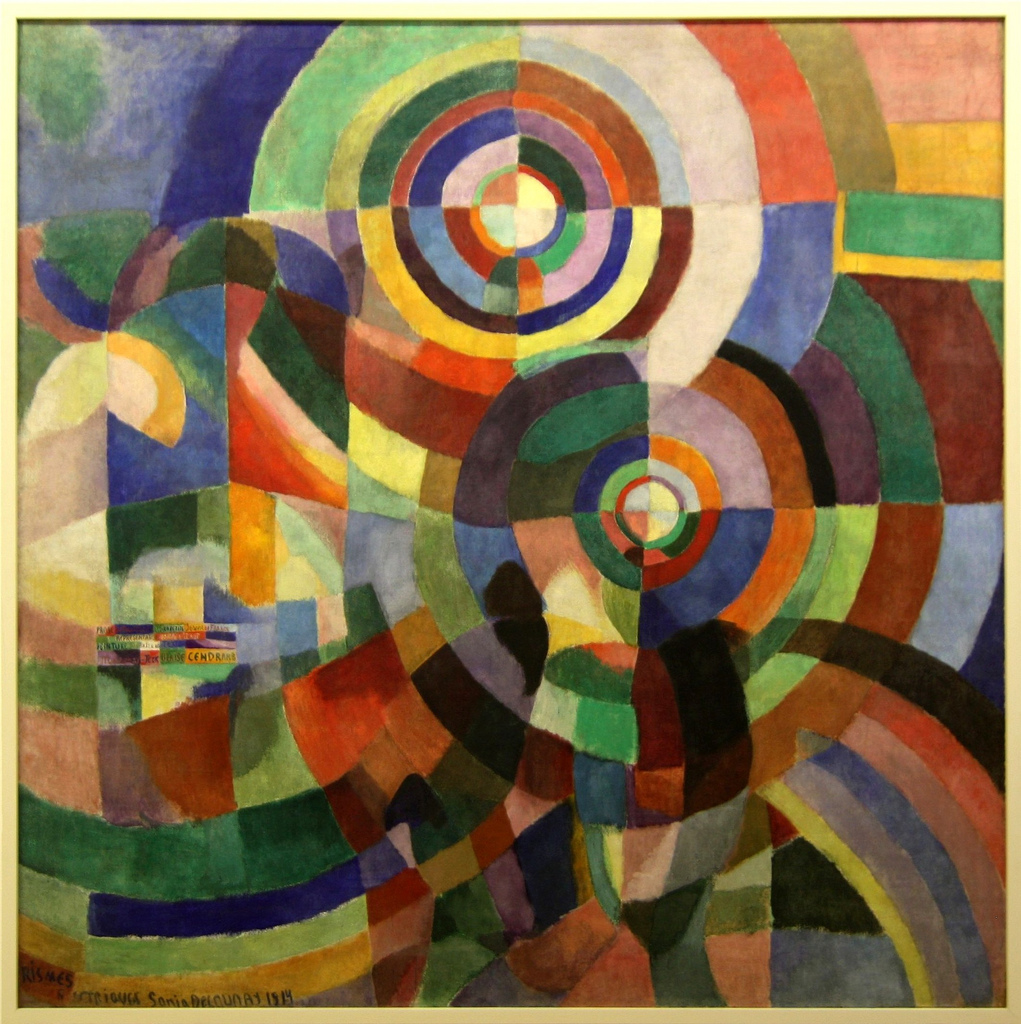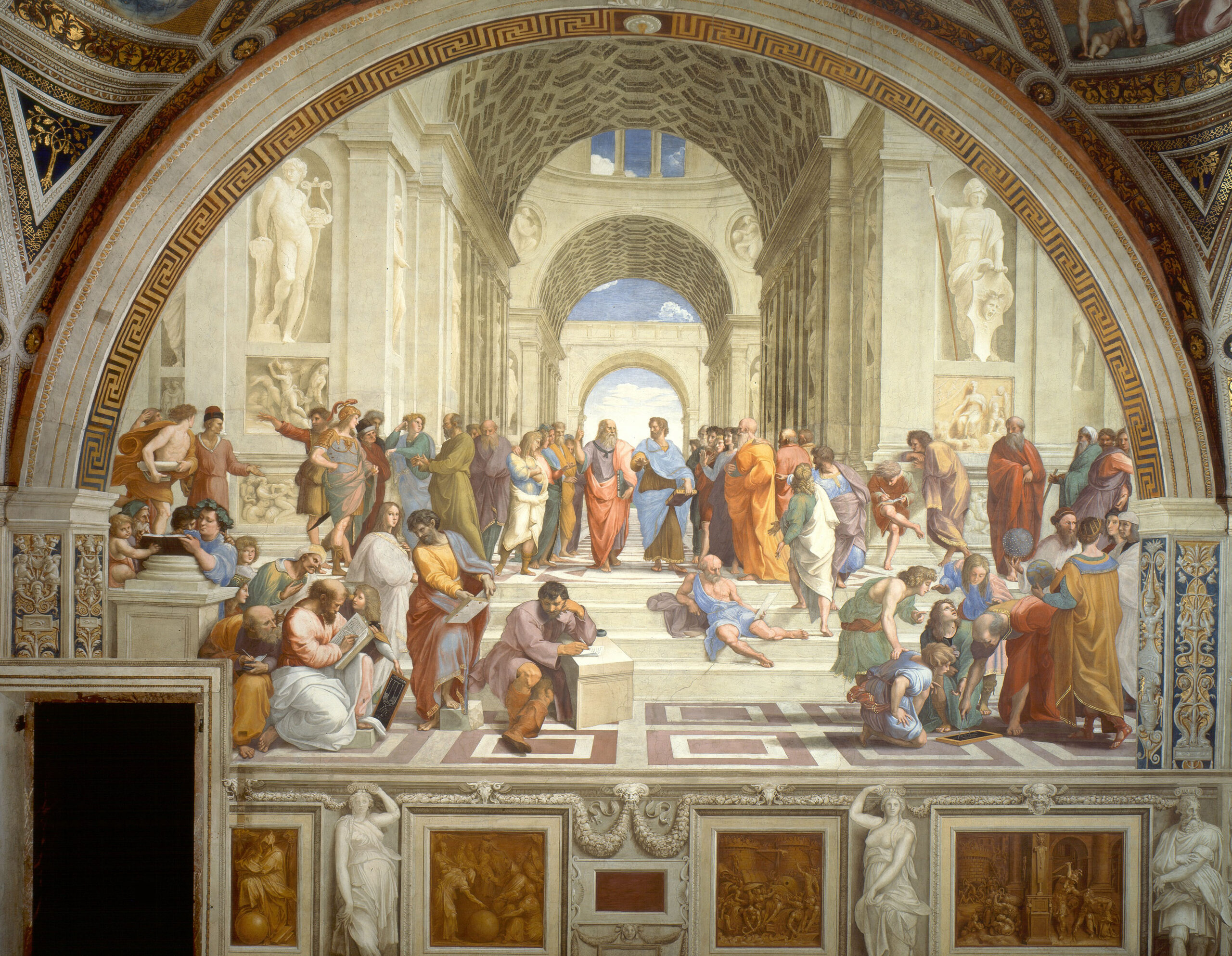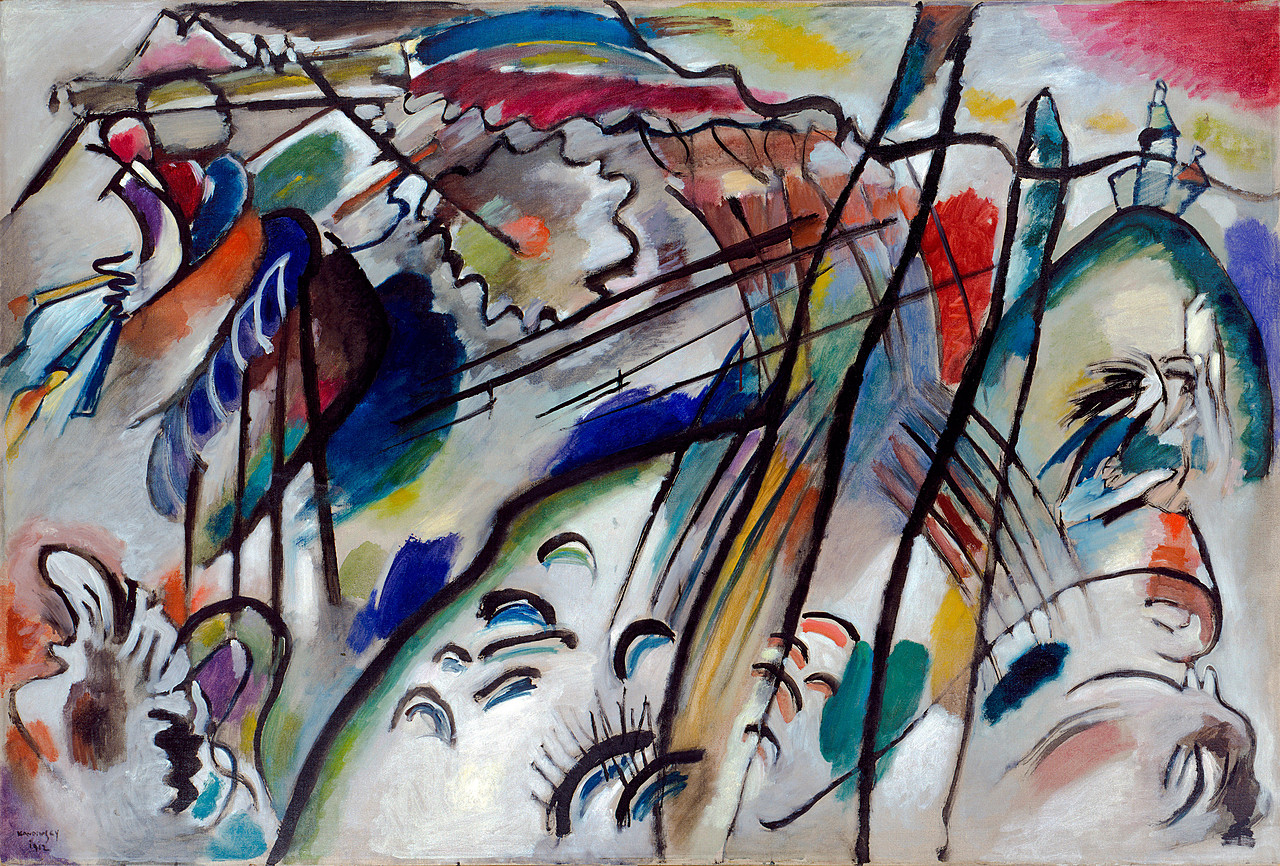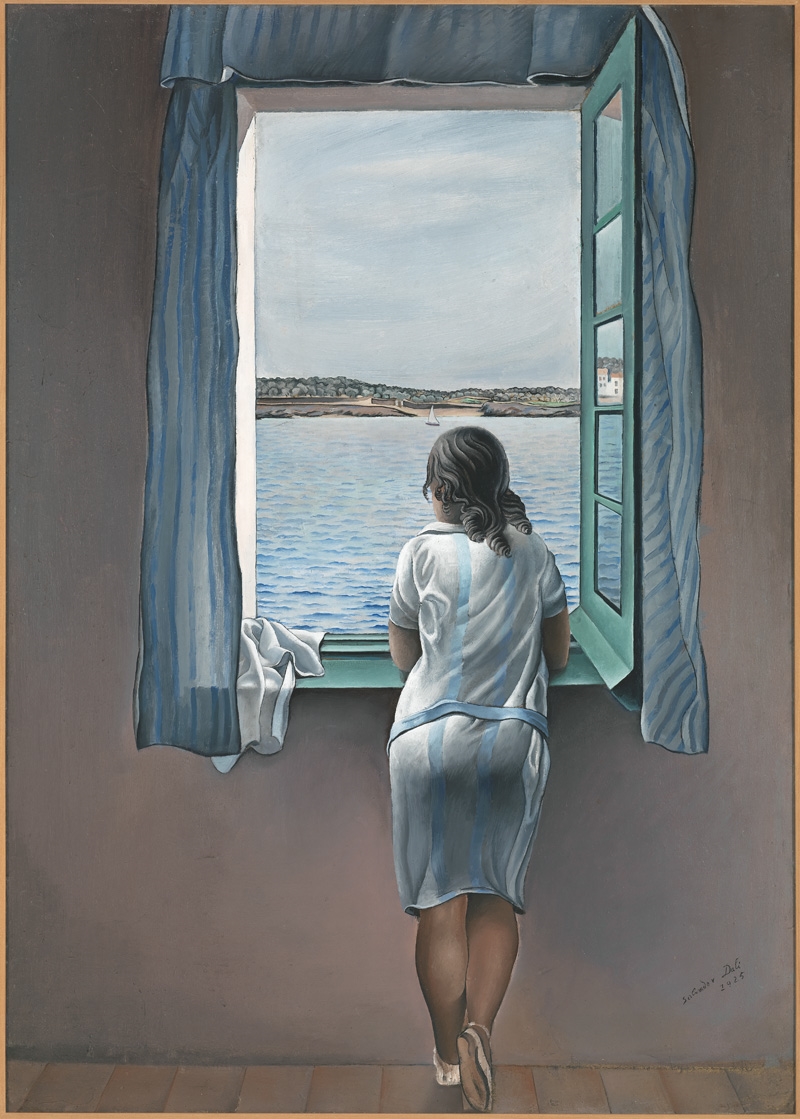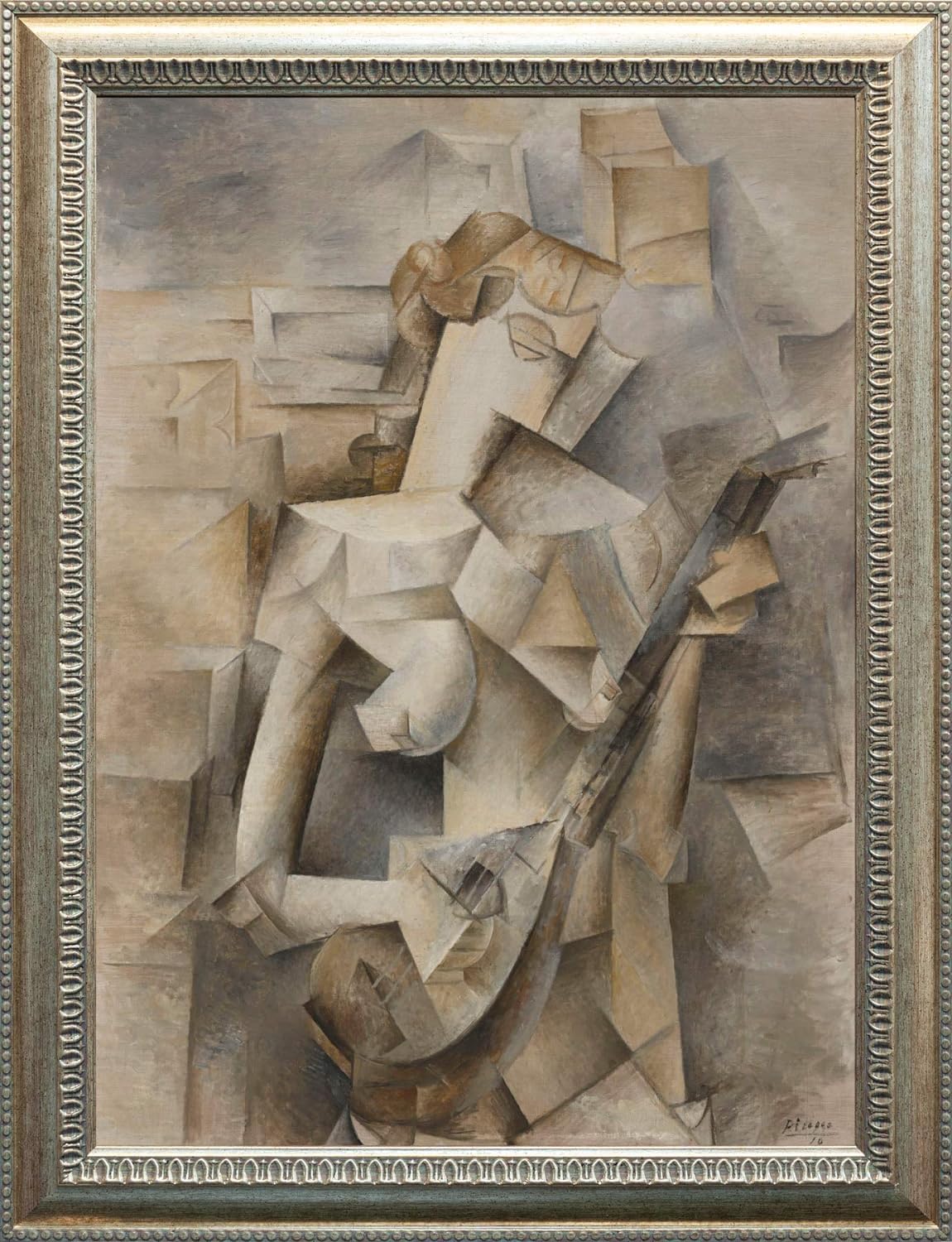In the summer of 1921, Pablo Picasso, the Spanish artistic genius, gave life to a captivating masterpiece in the studio of a villa in Fontainebleau, near Paris: «Three Musicians». Created in two versions, it encapsulates the distinctive essence of the synthetic cubist style.
Although both editions share the same subject, notoriety leans towards one of them, now immortalized in the permanent collection of the Museum of Modern Art (MoMA) in New York, while the other rests in the Philadelphia Museum of Art in Pennsylvania.
In this investigation, we delve into the vibrant symbolism of «Three Musicians» and its duality that manifests itself between these two versions, offering insight into the artist’s creative process.
Historical Context & Influence of Three of Picasso’s Musicians
Cubist Dance
From 1916 onwards, Picasso’s constant presence in the sophisticated world of ballet, especially through the influence of his wife and his work in the creation of scenery and costumes for Diaghilev, manifests itself prominently in his cubist works.
Adaptability and Artistic Collaboration Testimonials
This intrinsic relationship with ballet not only reveals the diversity of influences for works such as «Three Musicians», but also his ability to adapt and collaborate in different disciplines. In photo costume design made by Picasso in 1917 «Cubist tendencies are observed».
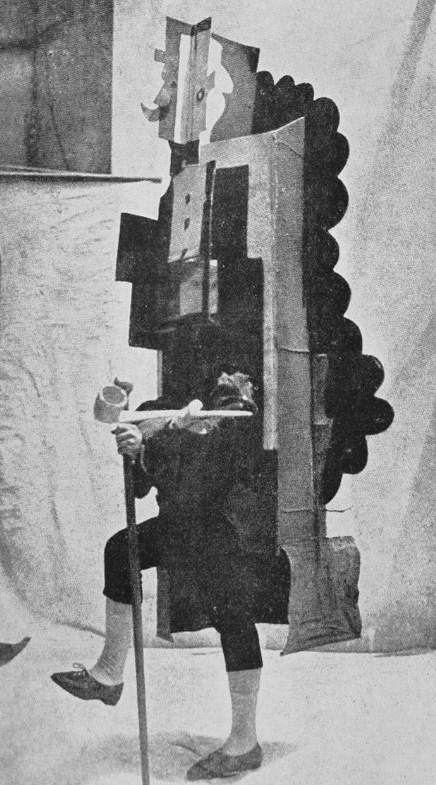
Fragmented Harmony
Picasso’s «Three Musicians» stands as a crucial milestone in his artistic career, coinciding somewhat with World War I and the estrangement of his close assistance with Georges Braque. This period marked by armed conflict and the separation from his key collaborator are reflected in the work, revealing a palpable transition in the artist’s style.
Three Musicians By Picasso «Version MoMa»
The painting «Three Musicians» by Pablo Picasso is a monumental work that transcends physical dimensions, with more than 2 meters wide and high. Be amazed and contemplate this beauty!
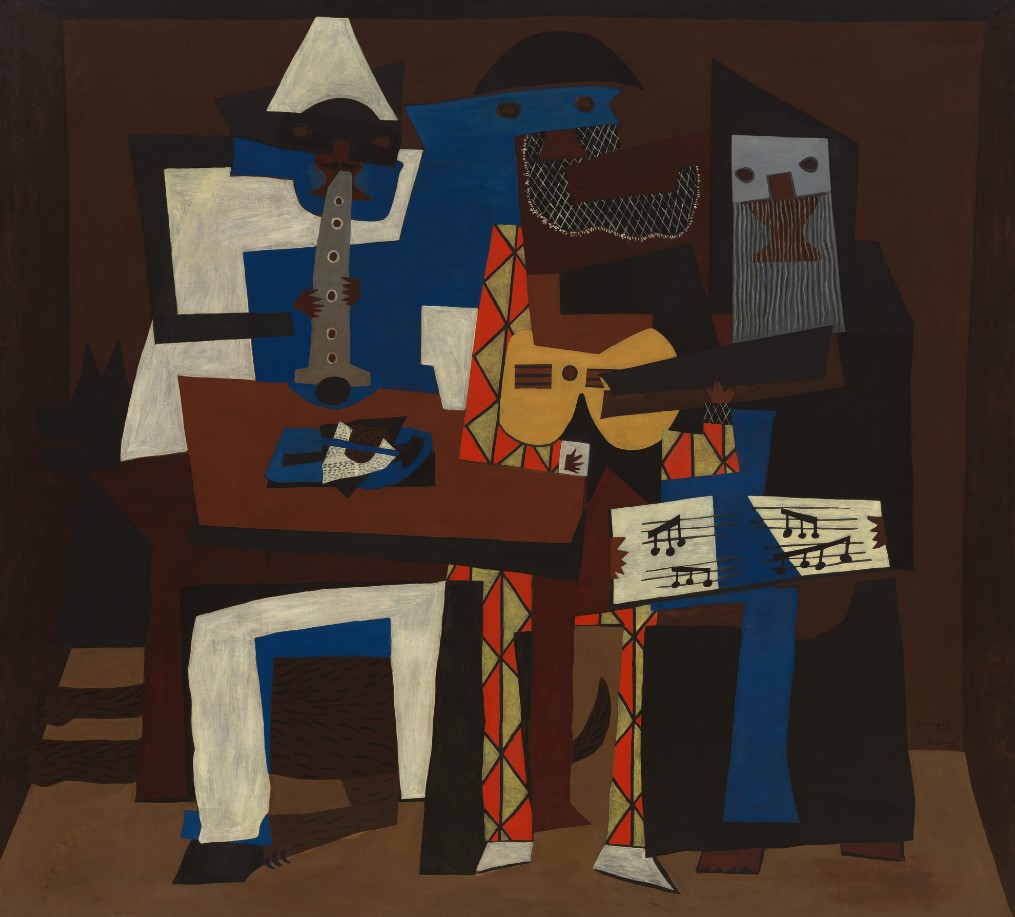
Date: 1921,
Title: Three Musicians,
Medium: Oil on canvas,
Estimated price: 97 Millions USD
Dimensions: 200.7 × 222.9 cm,
Location: Museum of Modern Art, New York
General Description
Surrealistic Musical Figures
In the scene, three musicians, each composed of abstract, flat, vibrantly colored figures. The composition takes place in a box-shaped room, where a clarinetist, a guitarist and a singer are presented in a harmonious union of colors and aspects. Dressed as emblematic figures, such as a Pierrot, a Harlequin and a monk, the musicians occupy a brown equilateral stage, made up of flat structures.
Revealing the Naked Scenario
This version of the painting takes us behind the curtain, revealing a bare, brown-toned space. In this scene, the three figures, the Pierrot, the Harlequin and the monk are presented behind a table holding still life objects such as a pipe (pictured) and unidentifiable cut-outs.
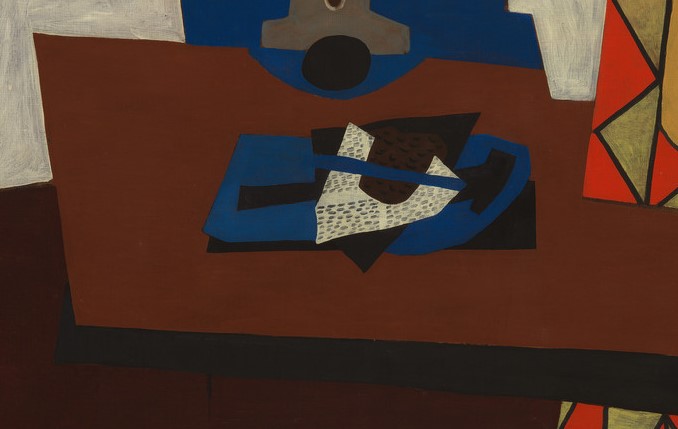
Meeting Iconic Characters
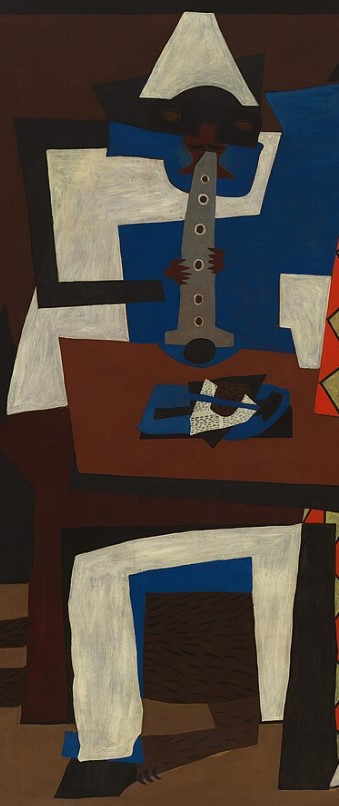
The Pierrot
He stands on the left as an enigmatic figure. Dressed in attire of blue and white tones, his presence is accentuated by a pointed hat and a black mask that masks his face. His proportions are striking, especially the small brown hands that deftly hold a gray clarinet, adding a touch of dynamism.
The Tragic Representation
The Pierrot represents the poet Guillaume Apollinaire, a close friend of Picasso. He lost his life due to injuries sustained during World War I and the subsequent Spanish flu pandemic in 1918.
Throughout cultural history, Pierrot has been a recurring character in the theatrical and literary tradition, being linked to melancholy and tragedy.
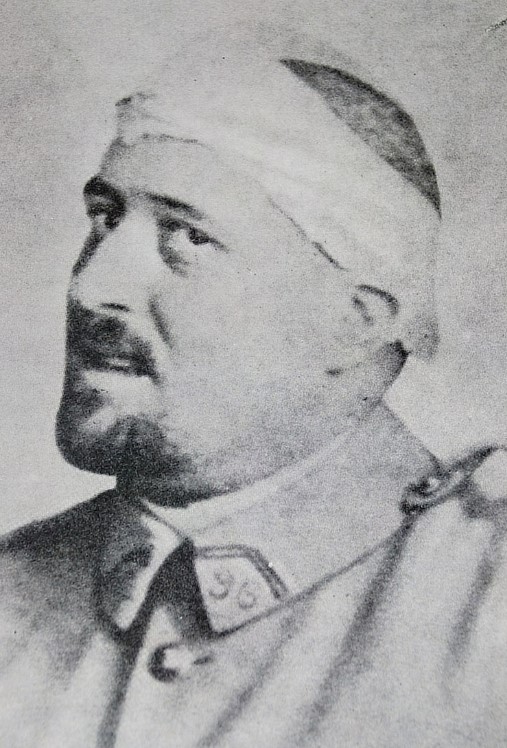
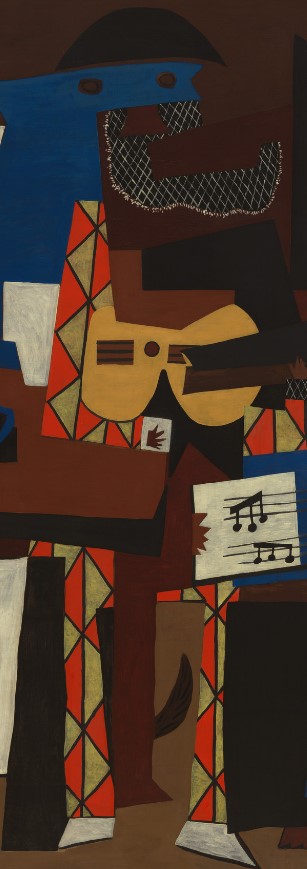
A Harlequin
At the center of the scene stands out the harlequin, a character famous for his cunning and deception, wearing a striking pattern of diamonds in red and yellow. His presence is even more striking thanks to a blue mask that takes a segment on Pierrot. The latter is affected by the presence of the Harlequin, as the mask is enlarged on him, complete with a round, black hat and the execution of a guitar.
Visual Axis in Painting
Picasso gave focus to Harlequin’s hand by means of a brown brushstroke on a small white square located near the center of the painting, becoming the visual axis of the composition.
Connection with Commedia dell’Arte
Picasso’s connection to the commedia dell’arte, personified in the characters of Harlequin and Pierrot, is reflected in his representation throughout his career, with Harlequin being a trickster who resonated with the artist’s own spirit.
The monk
On the right and playing a crucial role in holding a musical score, dressed in a black robe, and showing a square nose and a stringy beard confer a distinctive identity to the friar or monk.
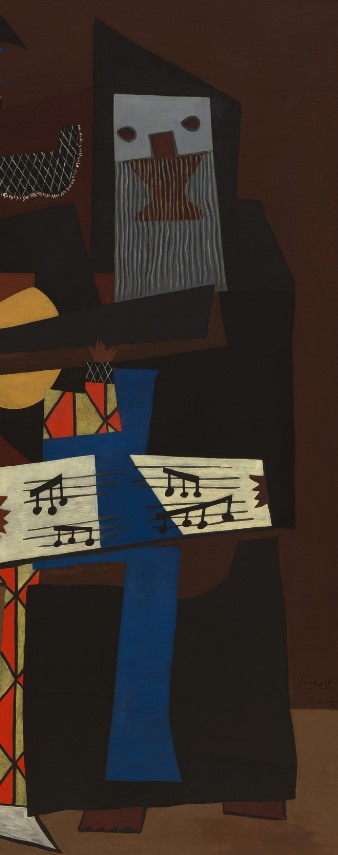
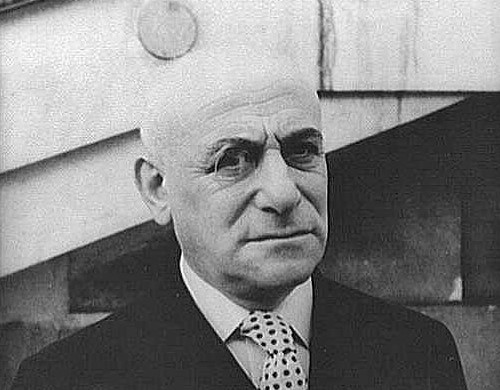
The Transformation
The figure of the monk takes on a special relevance when interpreted as the writer Max Jacob, who left the worldly life to embrace the monastic one in 1920. Moving away from his friend Picasso and impacting the artist.
The Animal
In this version, Picasso introduces an additional element under the table: a mostly hidden dog, although its tail, legs and body are discernible. The shadow of its head is cast on the back wall, adding an intriguing element to the composition.
The presence of the dog, barely suggested, but perceptible, adds a layer of mystery to the work.
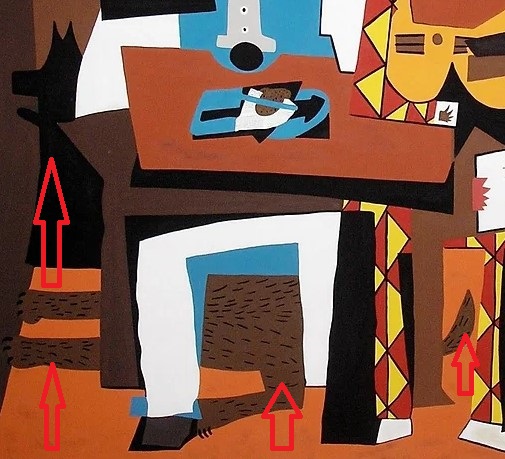
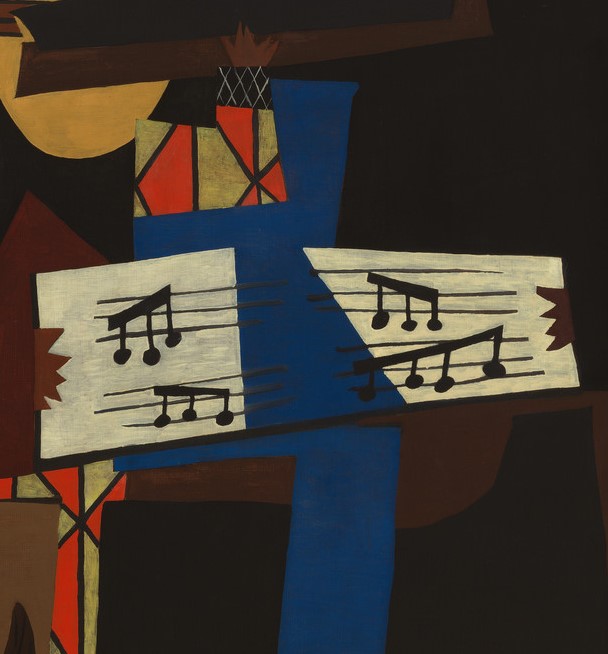
The score
Sustained by the monk as a crucial element, it stands out by suggesting both the musical skill of the performers and their deep immersion in the execution of a specific piece. This detail adds realism to the work, allowing the viewer to become immersed in the sonorous atmosphere unfolding at that moment.
By being present in an almost tangible way, it not only enhances the scene from a visual point of view, but also encourages the viewer to connect aurally.
An in-depth analysis of Picasso’s musicians…
The three musicians defy conventional perception by presenting an apparent cut-out paper work, despite being an oil painting. Angular shapes intertwine, creating an intricate composition that resembles a jigsaw puzzle. The flat colors bring to life a surface pattern that defies spatial convention.
The painting stands out for its visual complexity, where the musicians seem to merge, their shapes intertwining and overlapping like paper cut-outs.
Symmetry and Diversity
Pierrot’s clarinet, the Harlequin’s diamond-patterned costume and the monk’s robe become elements of a collage. The flat floor and walls, while giving the illusion of inclination, hold the characters steady.
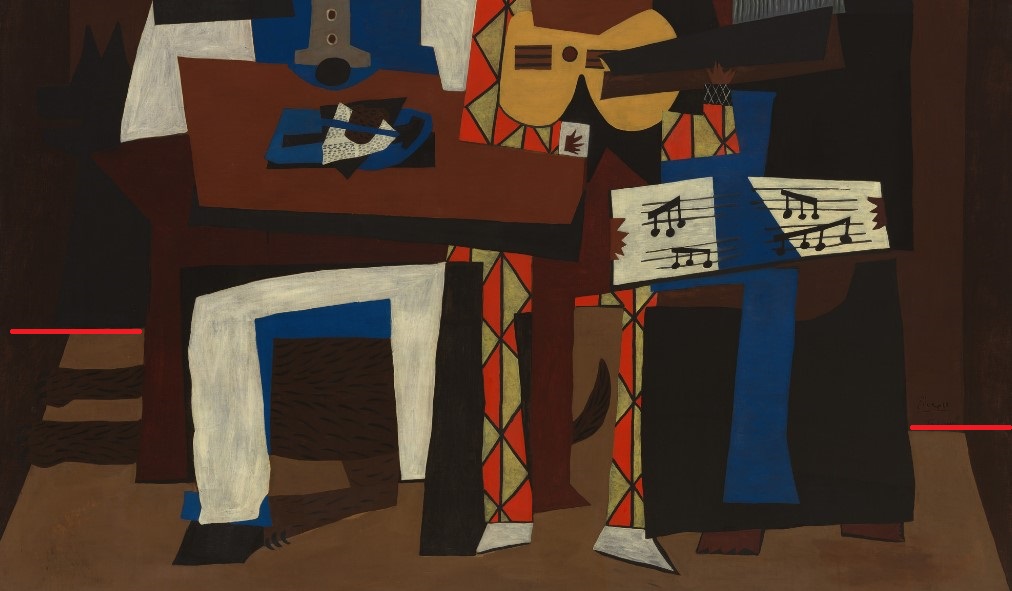
Visual Aristocracy and Pioneers
Synthetic cubism is revealed in Harlequin’s diamond pattern and patchwork suit, reminding us of the continuous innovation of the pioneers of cubist collage.
The influence of Georges Braque is evident in details such as the wooden comb shape for the monk’s face.
Subversion & Fusion
While Cubism is subversive, challenging artistic norms, «Three Musicians» and Picasso’s ballet influences signal a shift. Synthetic Cubism, once radical, becomes a form that merges with aristocracy, verging on the category of «fine art.»

Technicality, in Picasso’s musicians
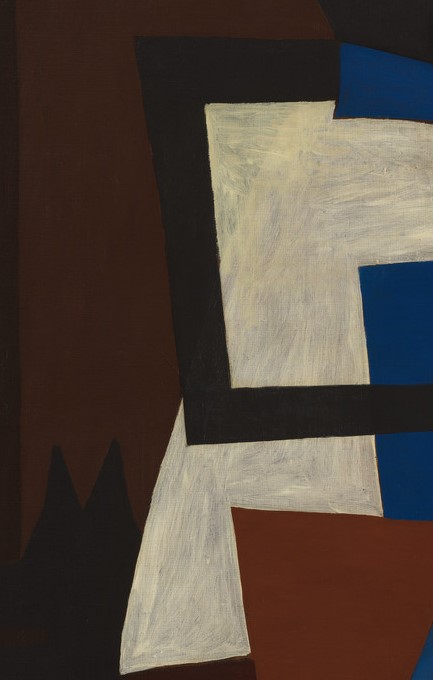
Oil to Bring Dimension to Life
The technique used in this work combines a collage structure with oil painting, giving Picasso’s creation a tangible dimension. He breathes life into the planes, geometric shapes, made with thick brushstrokes and vibrant colors.
Theatrical Perspectives
The arrangement of the figures in a theatrical space, with superficial depth, evidences the mastery in the use of linear perspective. The orthogonal lines contribute to the three-dimensional representation, immersing the viewer in an intriguing scenario.

Master in Movement
Picasso’s skill is manifested in bold strokes that generate an immediate visual impact, capturing attention. The expressiveness of the brushstrokes contributes to the sense of movement, conveying energy in the depiction of the musicians and their scenic environment. These technical decisions, taken together, reveal Picasso’s mastery in creating a work that transcends, captivating with its unique fusion of visual and tactile elements.
Three Musicians By Picasso «Version Philadelphia»
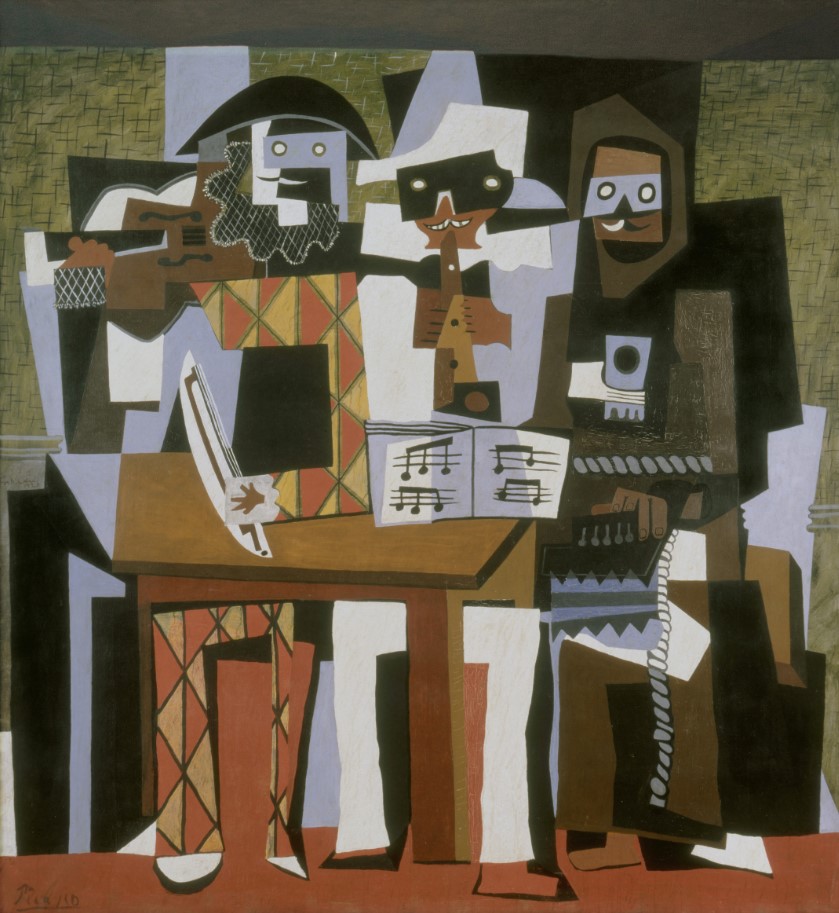
Artist: Pablo Picasso
Date: 1921
Location: Philadelphia Museum of Art
Estimated price: 45,4 Millions USD
Medium: Oil on canvas
Dimensions: (204.5 × 188.3 cm)
Analysis, summary and overview
The lighter version of «Three Musicians» reveals a vibrant palette with its orange floor and green walls. The dance of the characters, now with the Harlequin as the violinist, manifests itself in angular, thin planes that intertwine to create visual ambiguities.
Between Past and Surprise
Picasso delves into the past, linking figures to costume designs for ballet «Pulcinella» en 1920, based on an 18th century Italian manuscript. This version, often labeled conservative, surprises the attentive observer with its controlled details and return to synthetic cubism.
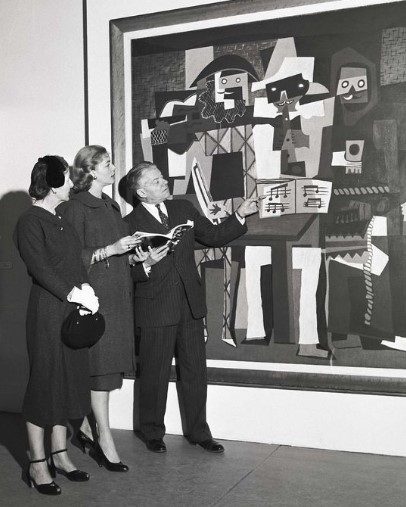
Post-War Paris at Gallery 167
The exhibition at the Philadelphia Museum of Art places «Three Musicians» in the context of «Post-War Paris.» This masterpiece, on view in gallery number 167, captures the essence of music and friendship at a time of artistic and cultural transformation.
Key points:
- The Philadelphia version, with its focus on objects and materials, emerges as the bolder of the two. At its core, the painting becomes a tribute to friendship.
- Pierrot’s clarinet, Harlequin’s violin and the monk’s accordion merge into a mosaic of colors and shapes, expressing the artist’s longing for the joyful days shared with his friends.
- The painting, viewed from different angles, reveals layers of meaning and emotions, highlighting Picasso’s mastery of the convergence between tradition and the avant-garde in artistic creation.
The Meaning of Picasso’s Musicians
Tribute to Lasting Links
Both versions of «Three Musicians» are interpreted as symbolic group portraits of the artist and his two old friends. The connection between them is manifested through the forms and expressions in the work, capturing the essence of friendship, mourning and melancholy.
Picasso, by immortalizing him on his canvas, pays homage to the unbreakable bonds they shared during the 1910s. In photo, Pablo Picasso and Max Jacob
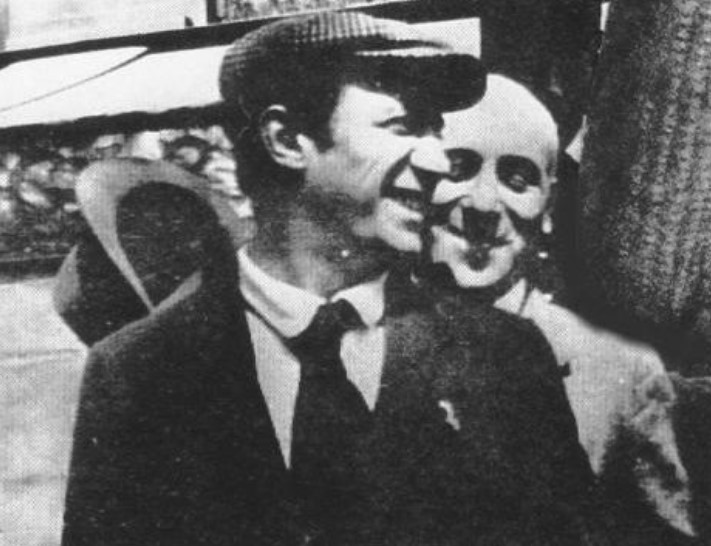
Emotions and Moods in Human Complexity
Looking more abstractly, the three musicians can be understood as symbols of various emotions and moods: Joy, sadness, wisdom and madness. The geometric shapes that make up their bodies symbolize the complexity and diversity of the human experience, turning the work into a canvas where multiple aspects of existence are manifested. This allows the viewer to interpret and establish connections with his or her own personal narrative within the composition.
Universal Harmony
The variability of the characters suggests that music acts as a universal vehicle of communication, capable of being understood and enjoyed by individuals of all cultures and backgrounds. Consequently, the composition becomes a celebration of human connection through musical expression.
The diverse representation of musicians playing different instruments hints that music goes beyond cultural and linguistic differences.
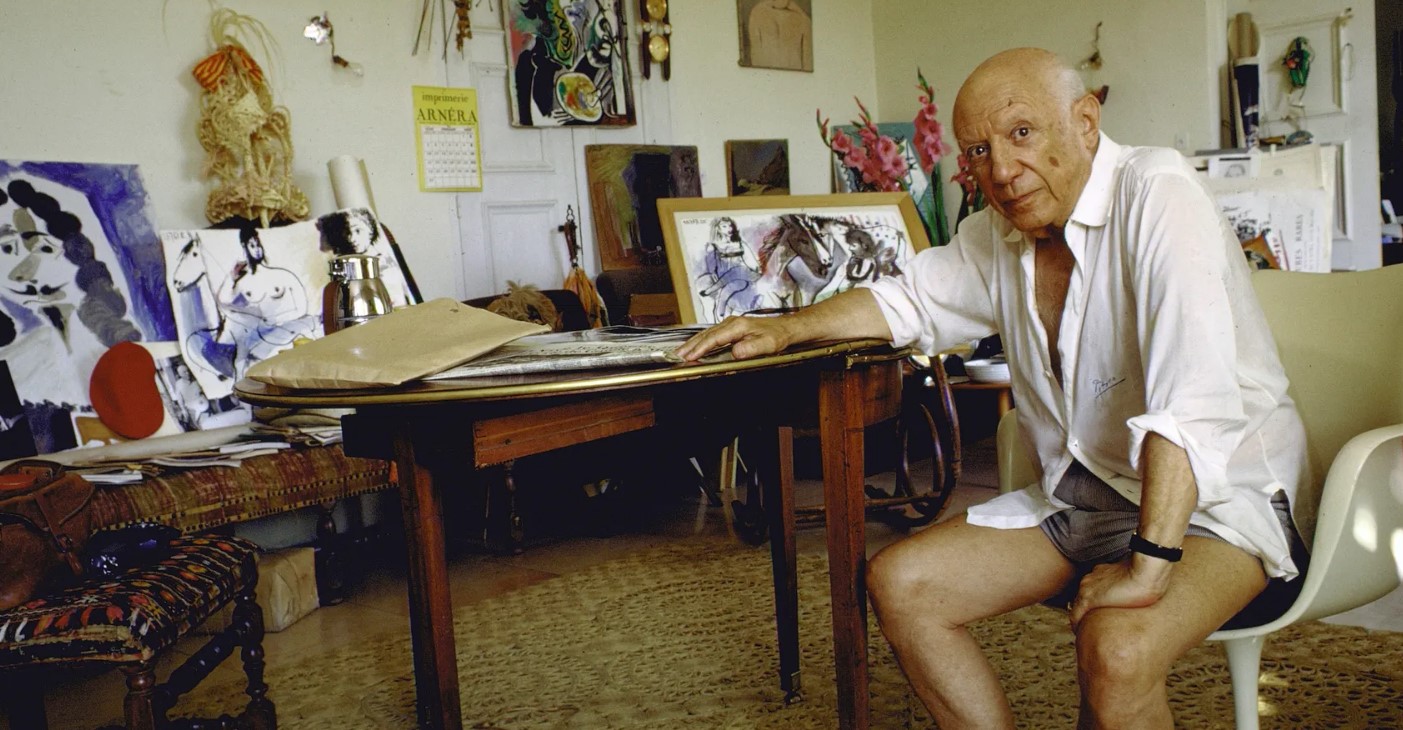
Despite the apparent differences between the two versions, the paintings share a common structure that stands out for its grandeur, centralization and balance by presenting three monumental figures in a shallow space, creating the sensation of a frieze.
These works, moreover, stand as significant milestones in the evolution of Cubism. Through their ability to adapt and enrich the artistic tradition, they demonstrate the transformative impact of this movement in the creation of monumental compositions, thus marking a relevant stage in the history of art.
Related Post:

